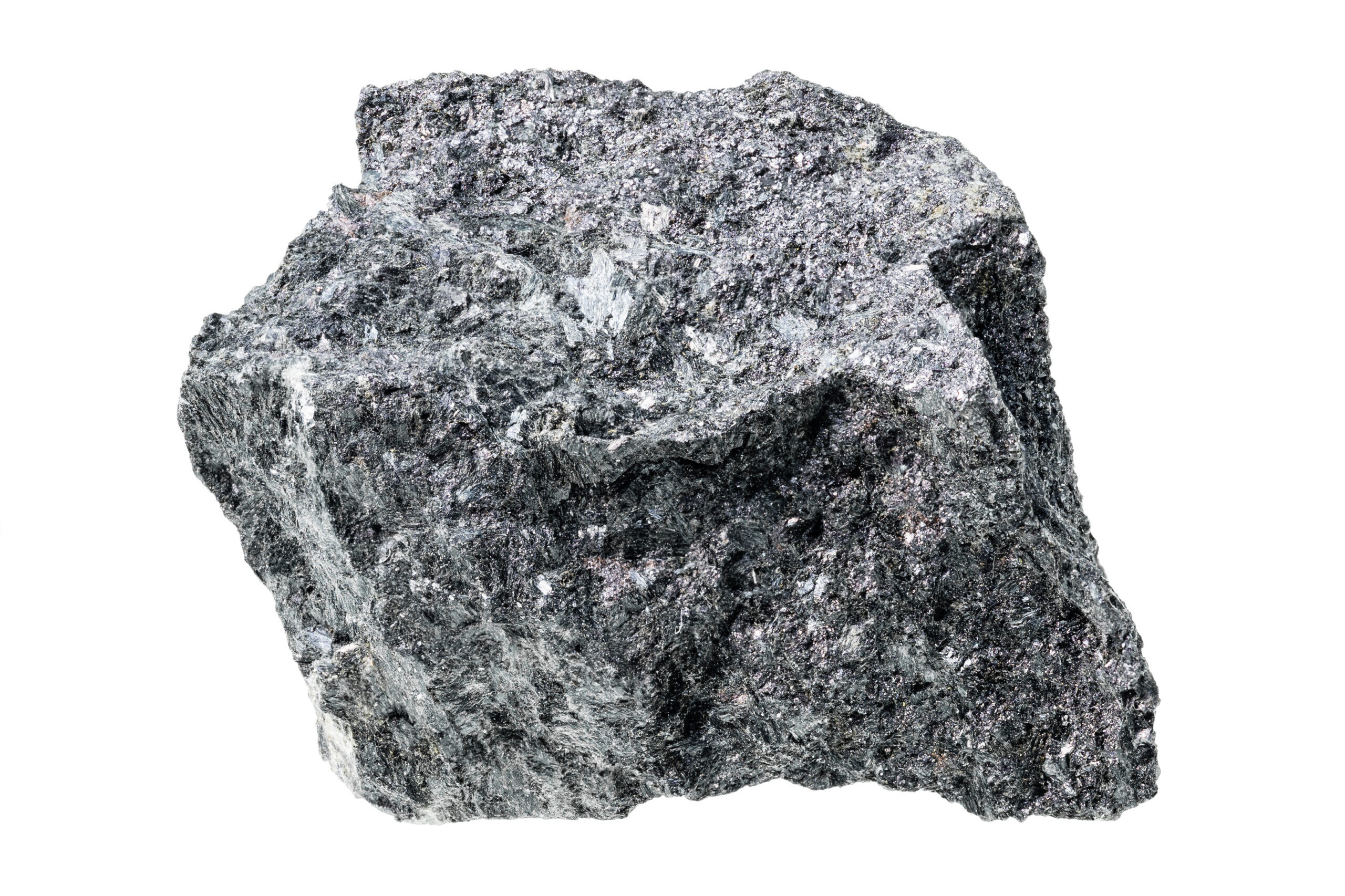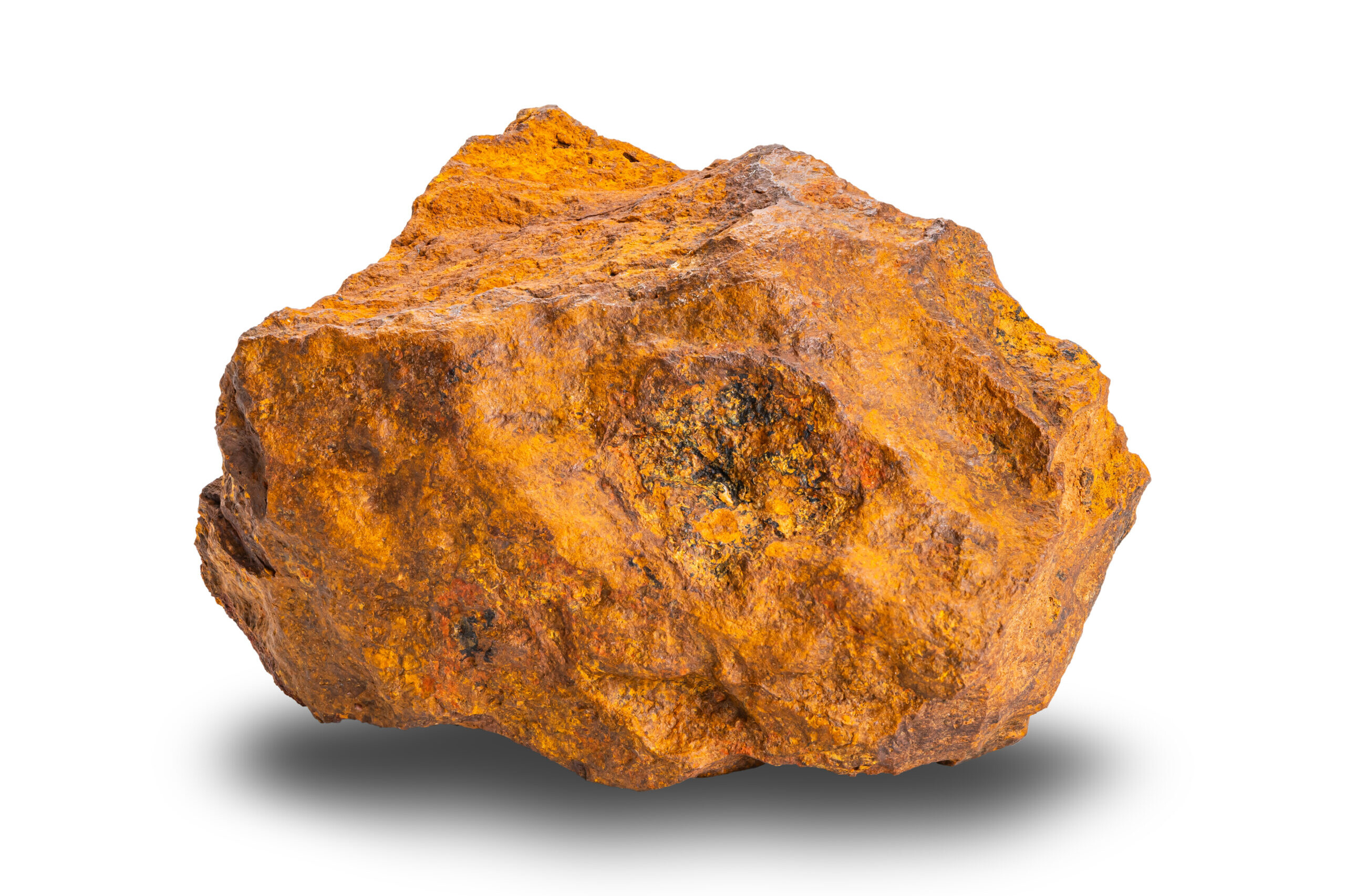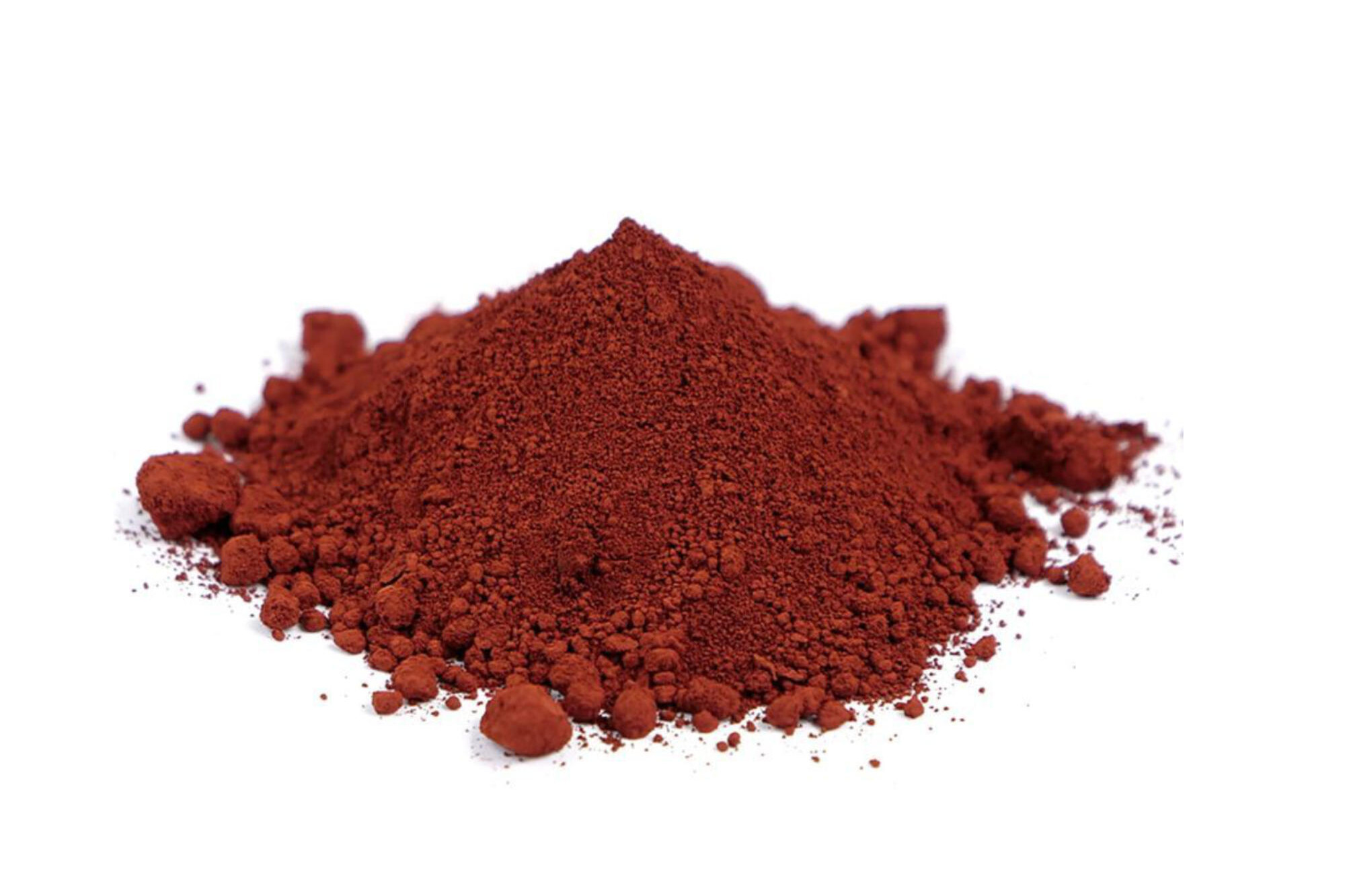Sodium and calcium lignosulphonates, derived from the sulfite process of paper manufacturing, are versatile chemicals widely recognised for their utility across various industries. These by-products of the wood pulp industry have found significant roles due to their unique properties as binders, dispersants, and sequestrants. This article delves into the nature of these compounds and explores the breadth of their industrial applications, shedding light on their importance and versatility.
Understanding Lignosulphonates
Lignosulphonates are complex polymers formed from lignin, a natural polymer that binds cellulose fibres in wood. During the sulfite process, lignin is sulfonated, resulting in water-soluble lignosulphonates that can be further processed into sodium or calcium salts. These compounds exhibit remarkable properties such as high dispersibility, binding capability, and chemical stability, making them invaluable in various applications.
Applications of Sodium and Calcium Lignosulphonates
Concrete Additives
One of the primary uses of sodium and calcium lignosulphonates is as plasticizers or water reducers in concrete. By adding these compounds to concrete mixtures, the water content can be reduced without compromising the fluidity of the concrete, leading to enhanced strength and durability of the finished product. This application not only improves the quality of concrete but also contributes to more sustainable construction practices by reducing water usage.
Dust Control
Lignosulphonates are effective in dust suppression on unpaved roads and during the transportation of bulk materials. When applied to surfaces, they act as a binder, capturing dust particles and preventing them from becoming airborne. This property is particularly beneficial in mining operations and construction sites, where dust control is a critical environmental and health concern.
Dispersants in Pigments and Dyes
In the production of pigments, dyes, and other colorant products, sodium and calcium lignosulphonates serve as excellent dispersants. They help in evenly distributing particles within a liquid medium, ensuring consistent color and preventing the formation of clumps. This application is crucial in industries like textiles, inks, and coatings, where product uniformity is key to quality.
Binder in Animal Feed
The binding properties of lignosulphonates are also exploited in the formulation of animal feed pellets. They act as a binder, helping to maintain the integrity of the pellets during storage and handling. This not only improves the efficiency of feed utilisation but also minimises waste, contributing to more cost-effective and sustainable animal husbandry practices.
Agriculture
In agriculture, sodium and calcium lignosulphonates are used as carriers for micronutrients and as soil conditioners. They enhance the availability of nutrients to plants and improve soil structure, promoting healthier crop growth and increased yields. Additionally, their use as a base for liquid fertilizers underscores their role in innovative agricultural solutions.
Other Applications
Beyond these primary applications, lignosulphonates find use in a variety of other contexts, including as emulsifiers in oil drilling fluids, components in lead-acid batteries, and stabilisers in the production of ceramics and refractory materials. Their versatility is a testament to the wide range of functional properties these compounds possess.
Sodium and calcium lignosulphonates exemplify the innovative utilisation of by-products in the development of sustainable industrial solutions. Their wide-ranging applications across sectors underscore their versatility and the importance of such compounds in enhancing the efficiency, sustainability, and quality of industrial processes. As industries continue to seek environmentally friendly and cost-effective materials, the role of lignosulphonates is likely to expand, further solidifying their place in modern industrial practices.







